Let’s name one of these fruits that start with N first! Nectarine, nutmeg, what else? Have you ever heard of neem fruit? Not yet? Follow me to explore many N-named fruits, from the common to exotic ones.
This collection of these fruits is versatile in their use—they can be enjoyed raw, added to various recipes for both sweet and savory dishes, or transformed into other products.
In different cultures, these foods that begin with N are valued for their taste and health benefits, playing important roles in dietary habits and, in some cases, traditional practices.
Besides, at the end of the article, you can also learn more about some N-titled vegetables. So let’s dive in!
21 Fruits That Start with N with Filters
The following are 21 fruits, beginning with N and arranged by popularity. Plus, using the filters allows you to identify exotic fruits, and those ideal for dish or beverage recipes, or garnishing your dishes.
Nectarine
- For Beverages
- For Dishes
Nectarine, scientifically called Prunus Persica, is a delectable variety of peach with non-fuzzy skin. When you smell a piece of nectarine, you will find it has the same scent as the normal peach.
Nectarines and peaches share a closely related flavor profile with a sweet and slightly tart taste.
You can eat raw nectarine without peeling it. Smoothie, juice, syrup, jams for bread, and jelly made from this fruit are also delightful.
Nectarine is a rich vitamin C and fiber source. These nutrients greatly benefit digestion and people with high blood pressure, heart disease, or diabetes.
Nance
- Exotic
- For Beverages
- For Dishes
At first glance, you may notice that nance looks like a cherry but is yellow or orange in color. It is a small kind of tropical fruit (less than 1 inch).
Nance is abundant in the Caribbean, Central, and Latin America, especially Guatemala. However, there is also a rare red nance fruit called Malpighia Mexicana. It grows in some regions of Mexico and Costa Rica.
Nance has a white pulp containing rich oil. It has a sweet, cheese-like flavor. But when it ripes, it smells like a mixture of sweet banana, slightly sour lychee, and a little taste of pear. Plus, this is a stone fruit containing an inedible seed inside.
You can enjoy it raw, make juice, or mix it with other fruits and vegetables in desserts.
Nutmeg
- Exotic
- For Dishes
Nutmeg is the seed of the Myristica fragrans tree, a tropical evergreen that also produces mace. It’s native to the Pacific island region, South Asia, and Southeast Asia.
Nutmeg, commonly found as a powder, is derived from the fruit’s seed once its outer flesh is removed. This seed is dried and finely ground to create the spice.
In culinary uses, the pulp of nutmeg is used in sweets, while in Indonesia, it’s transformed into a dessert known as manisan pala. The rind can be made into juice by blending or boiling it. Nutmeg powder enhances the flavor of sausages, stews, soups, porridge, and curries.
Rich in vitamins and minerals like magnesium, phosphorus, iron, and zinc, nutmeg offers various health benefits, including stress relief, body detoxification, and insomnia treatment.
Nectacot
- Exotic
- For Dishes
Nectacot is a hybrid fruit that combines the best qualities of nectarines and apricots. It has a smooth, edible skin similar to a nectarine, while its flesh carries the sweet and tangy flavor reminiscent of an apricot.
This fruit is typically smaller than a peach and has a firm texture, making it ideal for fresh eating, baking, and preserves. It is appreciated for its aromatic fragrance and nutritional value, offering a refreshing option in the world of stone fruits.
Nectacot originated in Florida, but nowadays, you can hardly find it in the United States. It grows widely in South Africa now.
Nashi Pear
- For Dishes
Nashi pear, also known as Asian pear and apple pear, has been a native fruit of Japan and China for over 3000 years. It was one of the most expensive and premium fruits.
This pear has an almost apple-like shape. It can be quite large and have a sweet smell. The pulp inside of the fruit is white, crispy, and succulent. As the fruit turns a bold yellow, it loses a crunchy texture.
It’s best to enjoy it fresh or put it in your smoothie, make a side dish, or add it to a soup bowl. A tip for choosing the freshest pear is that you can buy it from March to November. In cold and dry conditions, Nashi pear can stay fresh for many weeks or more if stored properly.
Navel Orange
- For Beverages
The Navel orange is a seedless winter orange, first discovered in Brazil in the 1800s. This beautiful orange variety is round to slightly oval. Its appearance and peel do not look different from other kinds of orange.
This orange is succulent with a sweet, aromatic flavor, slightly sour, and low in acidity. With those characteristics, people often use it in making bottles of orange juice or delicious jams for bread. But if you eat it raw and fresh, it is also an addictive dessert.
A Navel orange usually contains a lot of water, fiber, and low carbs while being negligible in protein and fat. For those. who are trying to lose weight or who care about skincare, this is a great source of nutrition.
Nepali Hog Plum
- For Dishes
Nepali Hog plum, known locally as lapsi, is native to the Himalayan regions of Nepal. The fruit has a small oval shape, with a green color turning yellow when ripe. Its taste is very sour, even when it is fully ripe.
For texture, they are hard and fibrous. Lapsi is commonly used in Nepalese cuisine to make pickles and candies. They are a popular traditional condiment called Lapsi ko achar.
Rich in vitamin C, the fruit is also famous for its health benefits, including aiding digestion and boosting immunity.
Nonda Plum
- Exotic
- For Dishes
Nonda plum, or Parinari nonda, is a distinctive small tree or shrub found in northern Australia and New Guinea.
It produces edible fruits that are ovoid-globular in shape and surrounded by brown hairs. These fruits have a unique yellow-orange, firm, and dry flesh tasting reminiscent of baked potatoes.
Natal Plum
- For Dishes
- For Garnish
Hailing from Natal, South Africa, the Natal plum, or Num-Num as it’s locally known, is a unique fruit. It has a glossy red exterior and flesh, coming to a gentle point.
Remember, only the fruit itself is edible, with the remaining plant—leaves and branches—being toxic. When ripe, the Natal plum offers a delightful fusion of sweet and tart flavors, reminiscent of cranberries but with its own zest.
Versatile in its culinary uses, the Natal plum can be enjoyed fresh, tossed into salads for a vibrant touch, or transformed into jams. It pairs exceptionally with Indian spices, enhancing sauces and soups.
Northern Spy Apple
- For Dishes
Northern Spy apple has vibrant red skin with yellow and green streaks. Its taste is slightly tart and sweet.
You can enjoy them fresh, or use them in grilled, roasted, and baked dishes, like tarts and cobblers.
Rich in dietary fiber, particularly pectin, the Northern Spy apple aids in lowering blood cholesterol. Northern Spy apple thrives mainly in the northeastern USA. Notably long-lasting, it can be stored for three months under optimal conditions.
Newtown Pippin Apple
- For Dishes
Newtown Pippin (or Albemarle Pippin) is one of the oldest apples originating in the United States, dating back to the 18th century.
This apple variety is famous for its strong fragrance. It will reach the yummiest taste when you store it for one or two months before consuming it.
Newtown Pippin has two types: green and yellow ones. However, it is hard to see the one-colored apple. More or less yellow or green depends on location and sunlight intensity.
Known as a high-quality and nutritious apple for cooking, many dish recipes, fruit juices, or hard apple cider. Even when cooked, these apples retain their rich, delicious flavor.
Nagami Kumquat
- For Beverages
- For Dishes
Nagami kumquat is native to Asia. Today, it is a highly commercial kumquat type in the United States, and 90% of kumquat crops are from California, Florida, and Texas.
The kumquat has a small oval shape. It tastes fresh and slightly sour. Due to the essential oil, the peel seems a little bit spicy.
The taste of Nagami kumquat is suitable for making sweet and savory dishes. You can throw it into a salad bowl or use it as a cake topping. Cocktails and jams are also good ideas to use this fruit.
The fruit helps boost collagen production for the skin, fight against oxidants, strengthen the immune system, and reduce inflammation.
Nocera
- For Dishes
Nocera is a grape species popularly in the famous wine region of Italy – Sicily. Nocera can keep good acidity even under this land’s high temperature and burning sun.
The cluster of Nocera grapes is usually medium-sized and cylindrical, with many oval berries that turn green to purple-black when ripe.
The Nocera grape produces a ruby-red wine with purple hues, bold fragrance, fixed acidity, and tannin. Each drop of Nocera wine contains its exclusive taste of quintessence and high alcohol volume while keeping the natural grape flavor.
People often use Nocera to make wine or dishes instead of eating raw. You can use some recipes to combine this wine with foods, such as grilled beef with cheesy polenta, deep-dish pizza, and braised lamb shanks.
Neem
- Exotic
Neem, also known as Indian lilac, is a natural herb. Neem fruit usually grows in small clusters. It has an oval shape and a green peel. However, they are not ideal for serving as food.
Extract from the seeds of neem is an ideal ingredient in hair and dental products. Shampoo containing neem solves the problem of dandruff or head lice. Meanwhile, dental products with this fruit (mouthwash, toothpaste, and tooth powder) can relieve toothache and improve oral health.
Neem oil is yellow or brown and has a garlic or sulfur smell. If you accidentally taste it, you will feel a strong bitterness.
Nageia Nagi Fruit
- Exotic
Nageia Nagi fruit has another familiar name – Asian bayberry. It belongs to the Podocarpaceae family.
However, people typically use its wood to make household items and rarely consume its fruit. The tree supplies fine wood for producing furniture because it is easy to manufacture and has a smooth surface.
In addition, the seed part of this fruit also produces a type of oil that is used in industry and lightning.
Nannyberry
- For Dishes
Nannyberry has another name, “Sheepberry,” because its smell resembles wet sheep’s wool. It is native to the northeastern and midwestern United States.
These berries are tiny edible fruits, which are juicy and sweet when ripe. People can also eat raw or use it in salad and smoothie recipes. This fruit is also birds and wildlife’s favorite food.
Nannyberry benefits people having measles and menstrual irregularity. It helps to stimulate nerve health and relieve cramps, pain, and anxiety. However, pregnant or breastfeeding women and people with kidney stones should avoid using this fruit.
Naranjilla
- Exotic
- For Beverages
Naranjilla means “little orange” in English because of its similar shape and color to oranges. However, this unique orange-colored fruit belongs to the family of eggplant and tomato.
It smells like citrus fruits, but its taste combines sweet pineapple, juicy kiwi, and sour lime. Many locals also enjoy raw Naranjilla by peeling and eating the flesh inside. Plus, the juice of the naranjilla fruit became a favorite drink of the Incas from the 17th century.
Some other methods to process this fruit are to make wine or apple wine, sauce, and baked bread.
This fruit grows a lot in the mountainous regions of Colombia and Ecuador. Then, it rises widely in Peru, Panama, Guatemala, and Costa Rica.
Nam Dok Mai Mango
- For Dishes
Nam Dok Mai mango is a famous fruit of Thailand. You can eat this mango when it is hard green. But the best flavor you can enjoy is full ripe mango. When ripe, the flesh is smooth, creamy yellow, extremely flavorful, and sugary.
Therefore, they are normally consumed fresh, but you can also put them in your dessert or smoothie. In Thailand, this mango variety is used for well-known mango sticky rice.
Noni
- For Beverages
Noni is a tropical fruit of the Morinda citrifolia tree. It’s native to countries in Southeast Asia and Australasia. Many years ago, Polynesian sailors brought it to the Pacific, which is now popular in tropical regions.
This fruit has a bitter, pungent taste and a strong, unpleasant fragrance similar to jackfruit. However, its flesh is soft and edible. You can combine noni with other fruits to eliminate their strong smell and harsh flavor and make a healthy juice.
Noni fruit can support treating health problems like constipation, infections, pain, and arthritis. The juice contains powerful antioxidants and plentiful vitamin C, essential for skin and immune system health.
Nigella
- Exotic
- For Dishes
Nigella is a plant native to the Mediterranean region. Nowadays, it has become popular in India, some countries in western and southern Asia, southern Europe, and the Middle East.
Nigella is a type of dry fruit and doesn’t give flesh. After the harvesting and drying process, a single nigella fruit brings many small seeds that look like black sesame. It has a faint herbal aroma and creates a mild bitter mixed with a warm taste.
Today, its seed is the traditional spice in some Indian, Middle Eastern, and North African cuisines. Nigella is also a familiar additive added to curries, soups, and stews.
Nere
- Exotic
- For Dishes
Nere fruits come from the African locust bean tree (Parkia biglobosa), a significant species indigenous to Africa.
These fruits are elongated, brown pods containing seeds surrounded by a sweet-tasting yellow pulp.
The seeds, once fermented, are widely used in West African cuisine to produce “dawadawa,” a flavorful seasoning for stews and soups. Fermentation transforms the seeds into a rich, savory ingredient with an umami taste.
What Are Common Vegetables that Begin with N?
Vegetables beginning with N may not be as numerous as those under other alphabets, but there are still some notable and nutritionally valuable ones shown below.
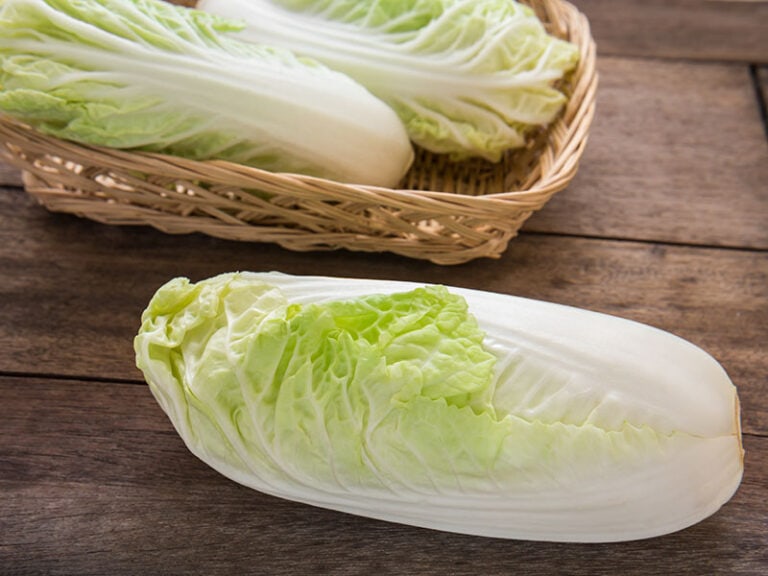
Napa Cabbage
Also known as Chinese cabbage, Napa cabbage is widely used in Asian cuisine, especially in soups, stir-fries, and fermented dishes like kimchi.
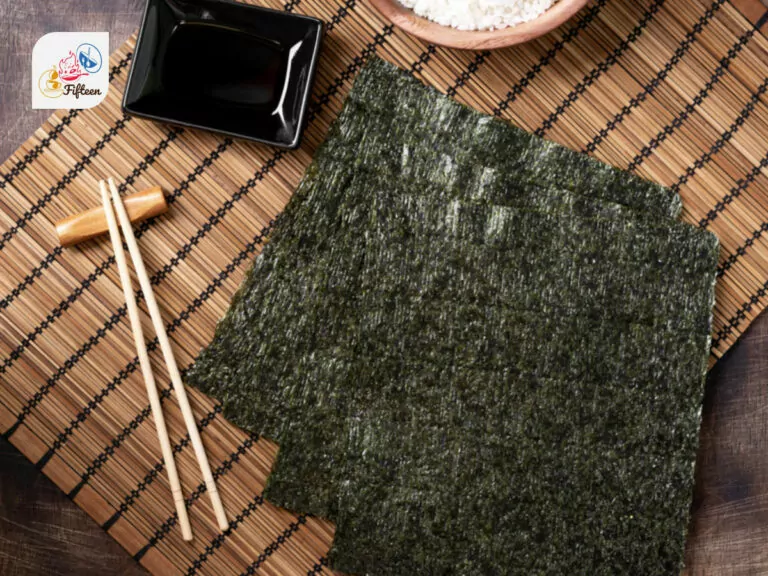
Nori
Technically a seaweed, nori is often classified among vegetables due to its cooking use and nutritional profile.
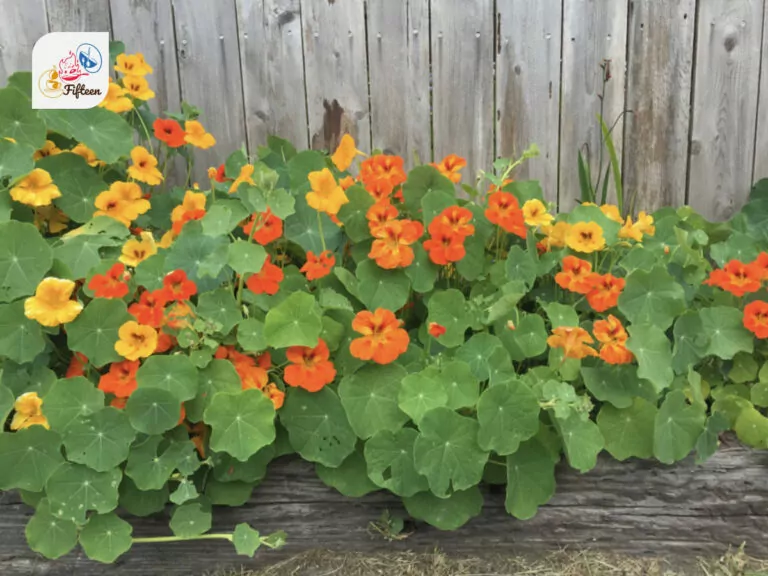
Nasturtium
While often grown for its brightly colored flowers, nasturtium leaves are edible as well and have a peppery flavor reminiscent of arugula or watercress.
There are also other amazing N vegetables that await your exploration and discovery.
Thanks for reading the list from start to end. If you recognize that I miss any fruit name starting with the letter N, don’t forget to comment below.
Remember to share my list with your family and friends if you find it interesting and helpful! You can also check out other fruits with other letters below. Have a nice day!


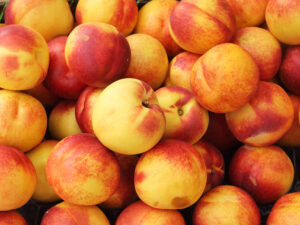
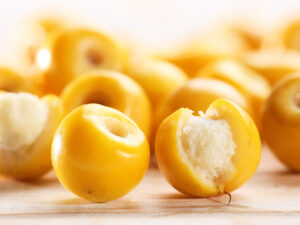
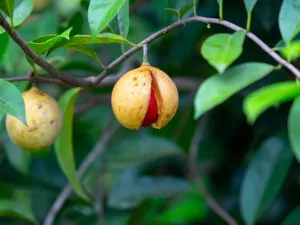
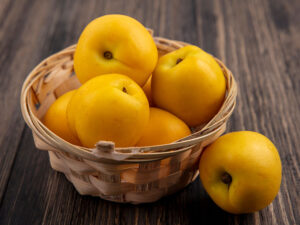
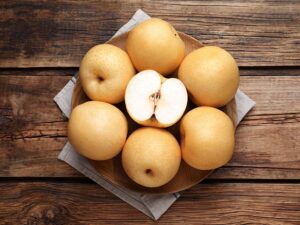
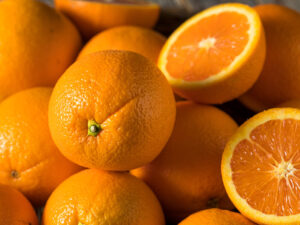
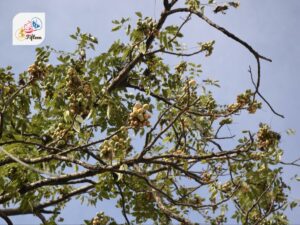
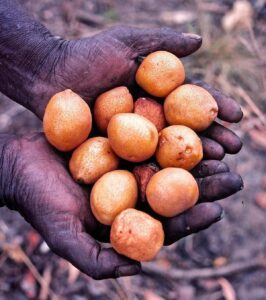
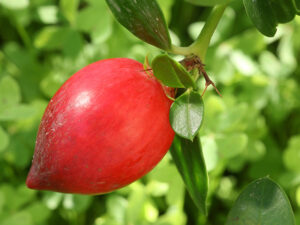
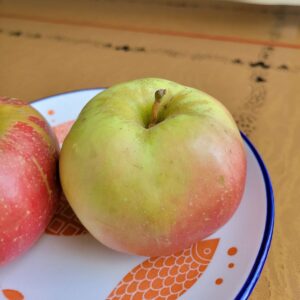
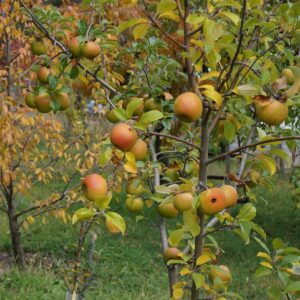
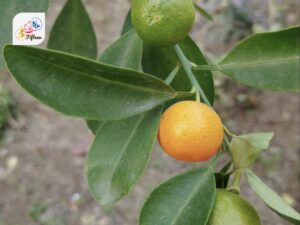
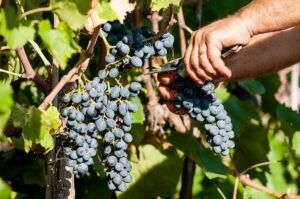
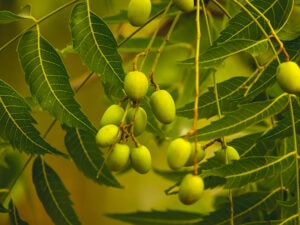
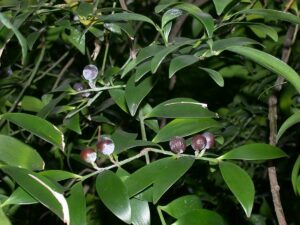
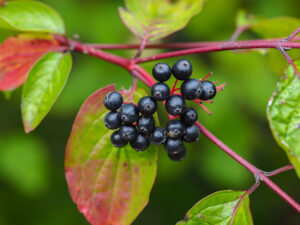
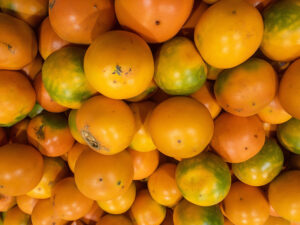
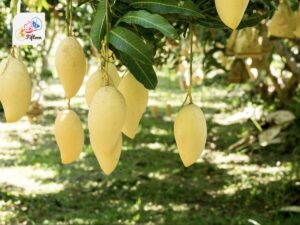
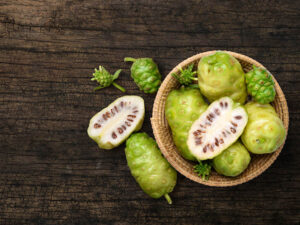
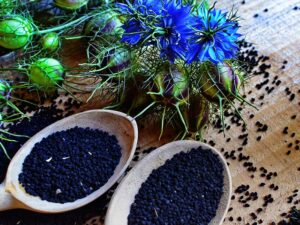
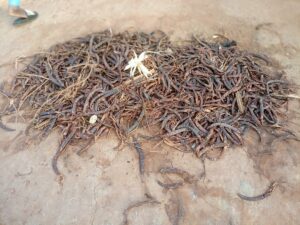
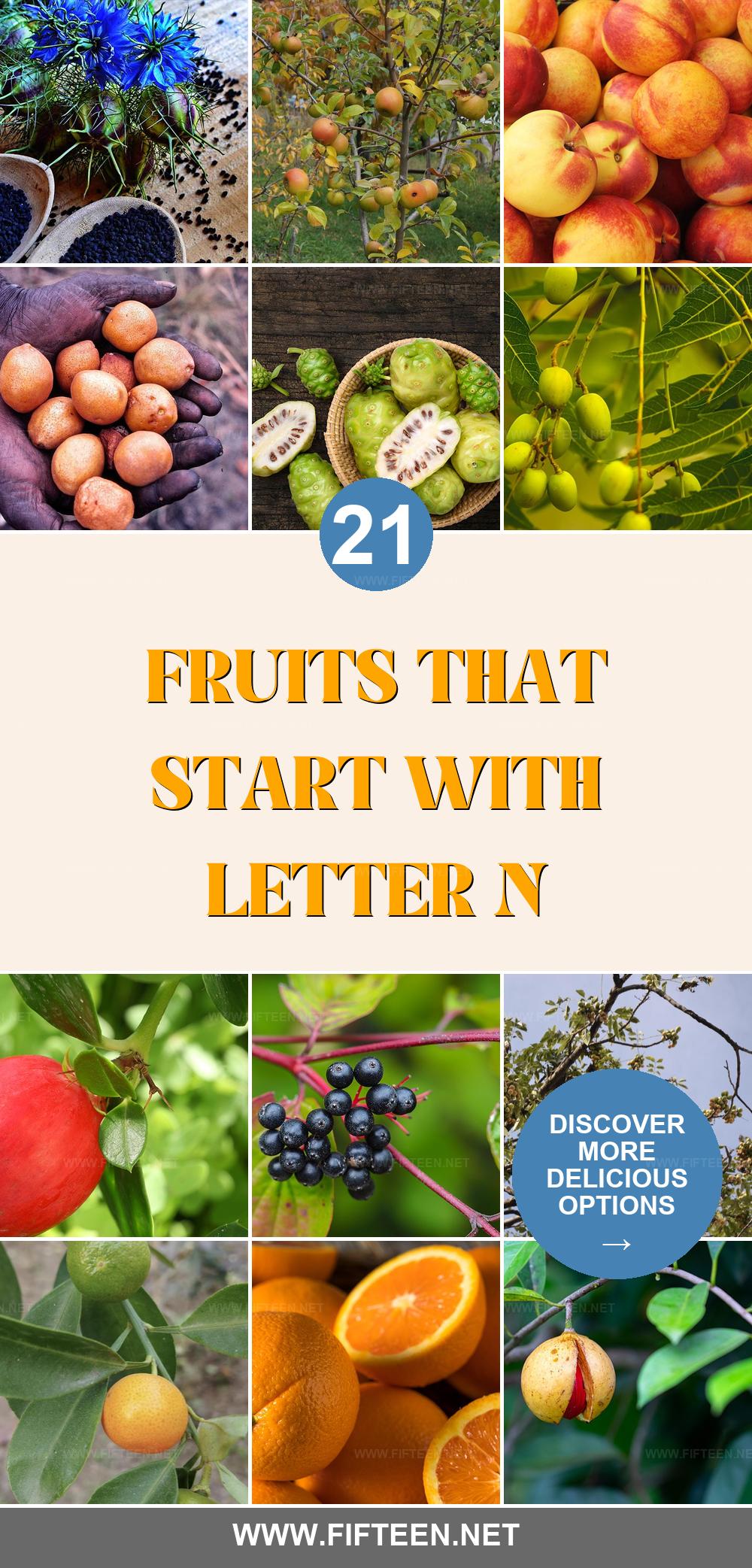
Jamie Scott
Editor in Chief, Senior Content Writer
Expertise
Home Cooking, Meal Planning, Recipe Development, Baking and Pastry, Food Editor, Cooking-video Maker, Western Food Evaluation Expert
Education
Le Cordon Bleu College of Culinary Arts
Local Community College, New York, NY
Jamie Scott is a skilled culinary expert and content creator specializing in Western cuisine. With over 15 years in the culinary field and formal training from Le Cordon Bleu, Paris, Jamie deeply understands how to blend nutrition with delicious flavors. His passion for cooking matches his commitment to making healthy eating accessible and enjoyable.
On Fifteen.net, Jamie brings a fresh perspective to classic dishes and beverages, offering readers insightful recipes, cooking tips, and a fresh view on meal planning that emphasizes taste, health, and simplicity.